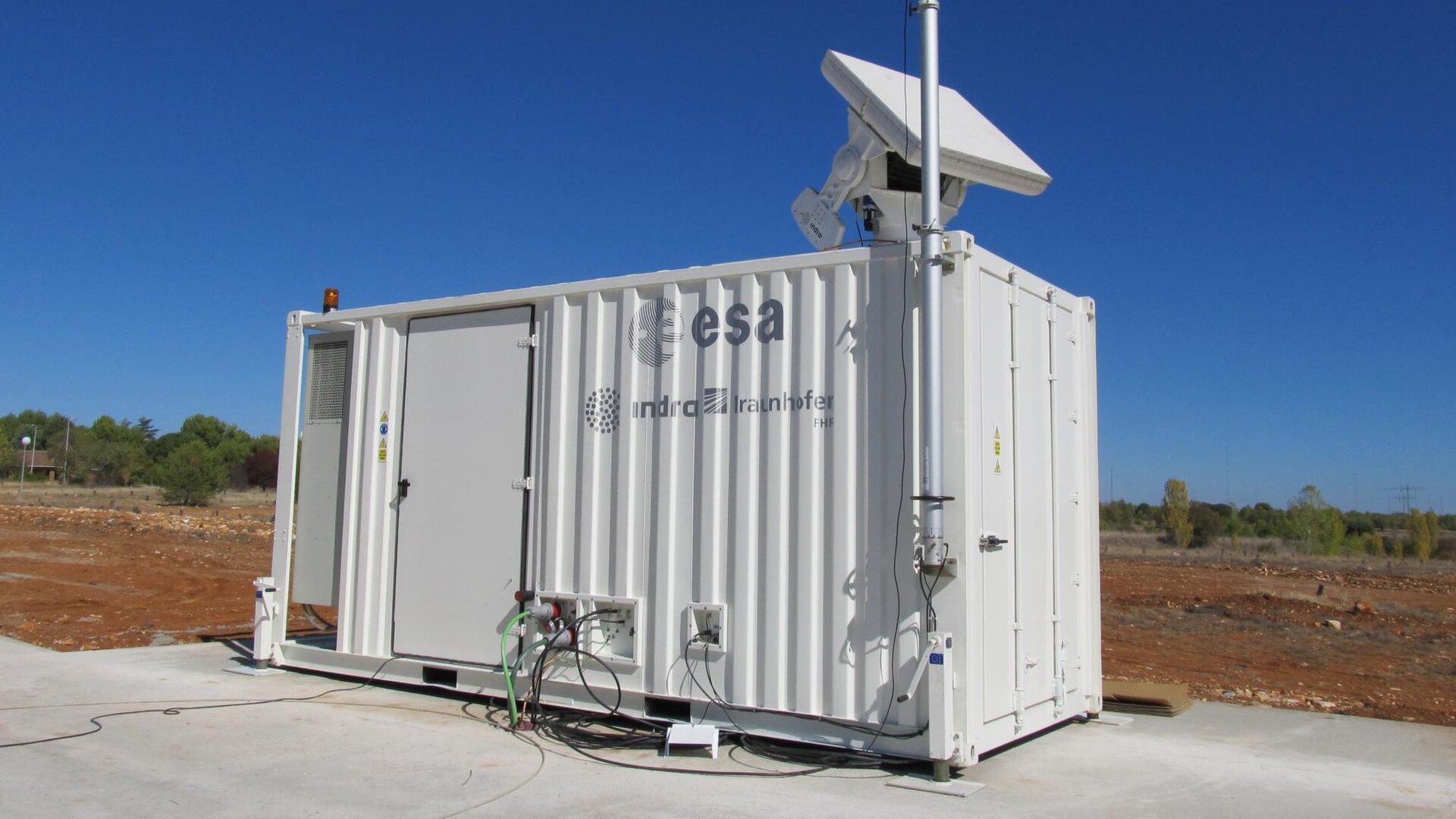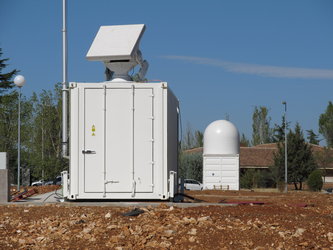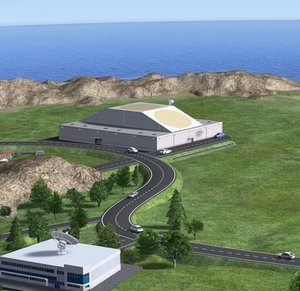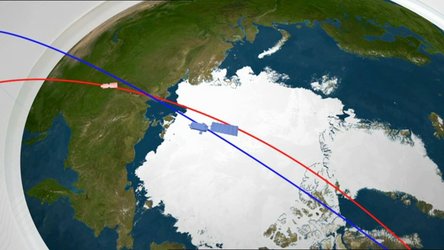ESA debris radar detects first space objects
A prototype radar that will help Europe to develop capabilities in space-debris surveillance is performing above expectations, and is showing its capability to detect objects in low orbits.
The radar, installed in the Madrid region of Spain, was handed over to ESA by industry in November after extensive testing.
This novel sensor contains key technologies for detecting space debris in low orbits and is an important step towards operational radars. Building collision warning capabilities would boost the safety of Europe’s satellites in low and medium orbits.
The testbed is already spotting objects of around a metre in size, depending on their altitude and other factors. While this is less than the performance needed for a fully operational system – where around 10 cm is required – it is already sufficient to test and refine new technologies and techniques, and is an important first step.
The radar is in a fully secure area, and all the test and validation activities are performed according to an agreed ESA data policy – the Space Situational Awareness (SSA) Programme Security Instructions – put in place especially for this installation.
During future testing, the radar data will be declassified – filtered against a ‘white list’ of authorised space objects – before being sent to ESA’s SSA system for further processing and cataloguing.
Radar has excellent performance
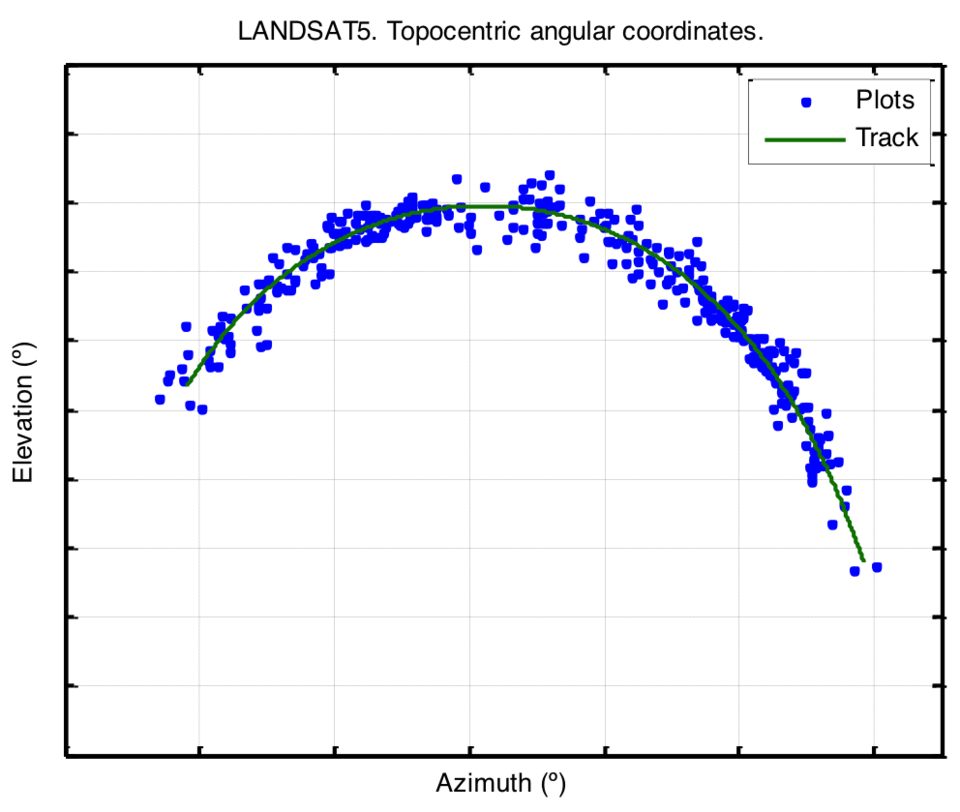
“During the acceptance tests we realised that the radar was showing excellent performance,” says Gian Maria Pinna, Ground Segment Manager in the SSA programme office.
“Even without a full calibration of the system, which will take several months, we could detect smaller objects and at a longer range than expected.
“A good example is Landsat-5, which presents a radar diameter of just 3.6 m at the relatively high altitude of 537 km.”

In January, while test tracking the International Space Station – obviously a large target – engineers were puzzled when they detected two objects.
“Then we realised that we had observed the undocking of the much, much smaller Cygnus cargo service craft from the Station.”
The radar has also detected ESA’s GOCE and Swarm satellites, debris from spent launch stages, and other objects of around a metre.
Orbital debris pose risks
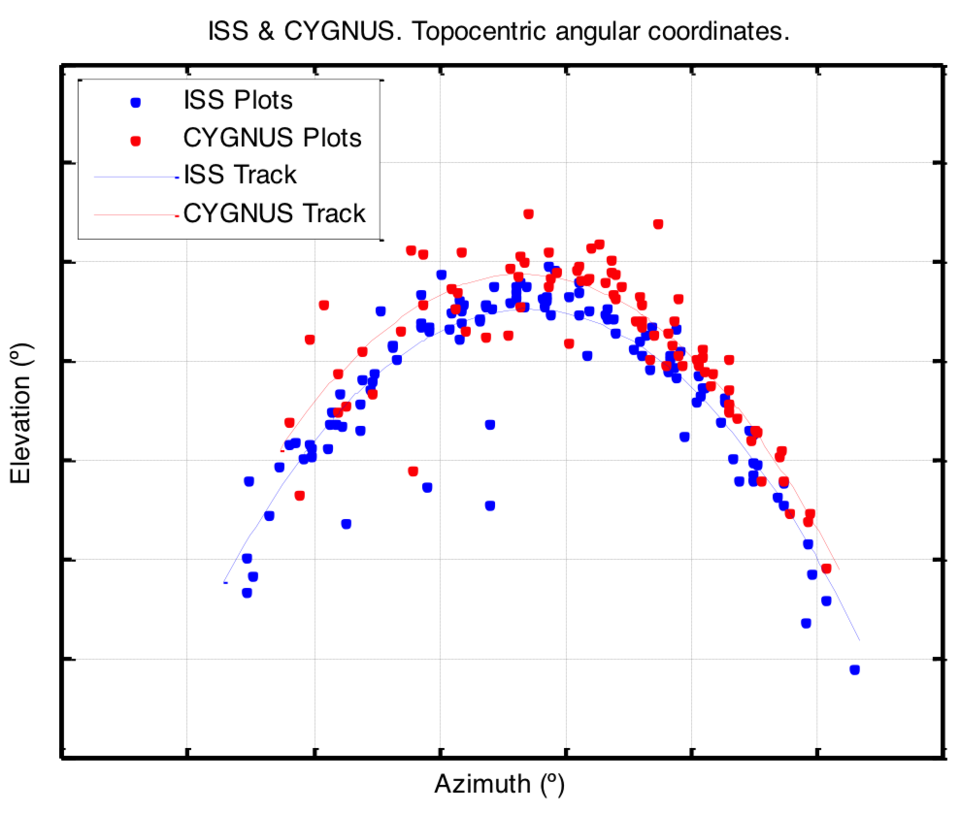
It is estimated that more than 700 000 hazardous debris objects – many just 1–2 cm in size – are in orbit and have the potential to damage or destroy operational satellites.
Any shutdown or loss of services from satellites would seriously affect a wide range of commercial and civil activities, including commercial land, air and sea travel, maritime navigation, telecommunications, information technology and networks, broadcasting, climate monitoring and weather forecasting, to name but a few.
Top European technology
ESA’s SSA programme office and Spain’s Indra Espacio signed a €4.7 million contract to build the radar in 2010. Indra Espacio leads a consortium comprising Indra and Germany’s Fraunhofer Institute for High Frequency Physics and Radar Techniques (FHR).
The test radar has a ‘monostatic’ design, in which the transmitter and receiver are collocated within just a few hundred metres.
It will be complemented by a second test radar using a ‘bistatic’ design – with a geographically separated transmitter and receiver – being developed by a consortium under France’s ONERA, as well as a set of optical and laser-based telescopes for the surveillance and tracking of higher orbits.
“The acceptance of the first element of such a complex network of sensors marks a significant milestone in ESA’s SSA programme,” says Nicolas Bobrinsky, programme head.
“The technologies being developed within the programme are fundamental for the creation of future operational systems that Europe might deploy to safeguard its satellites against the threats posed by space debris.”
Contact for further information


